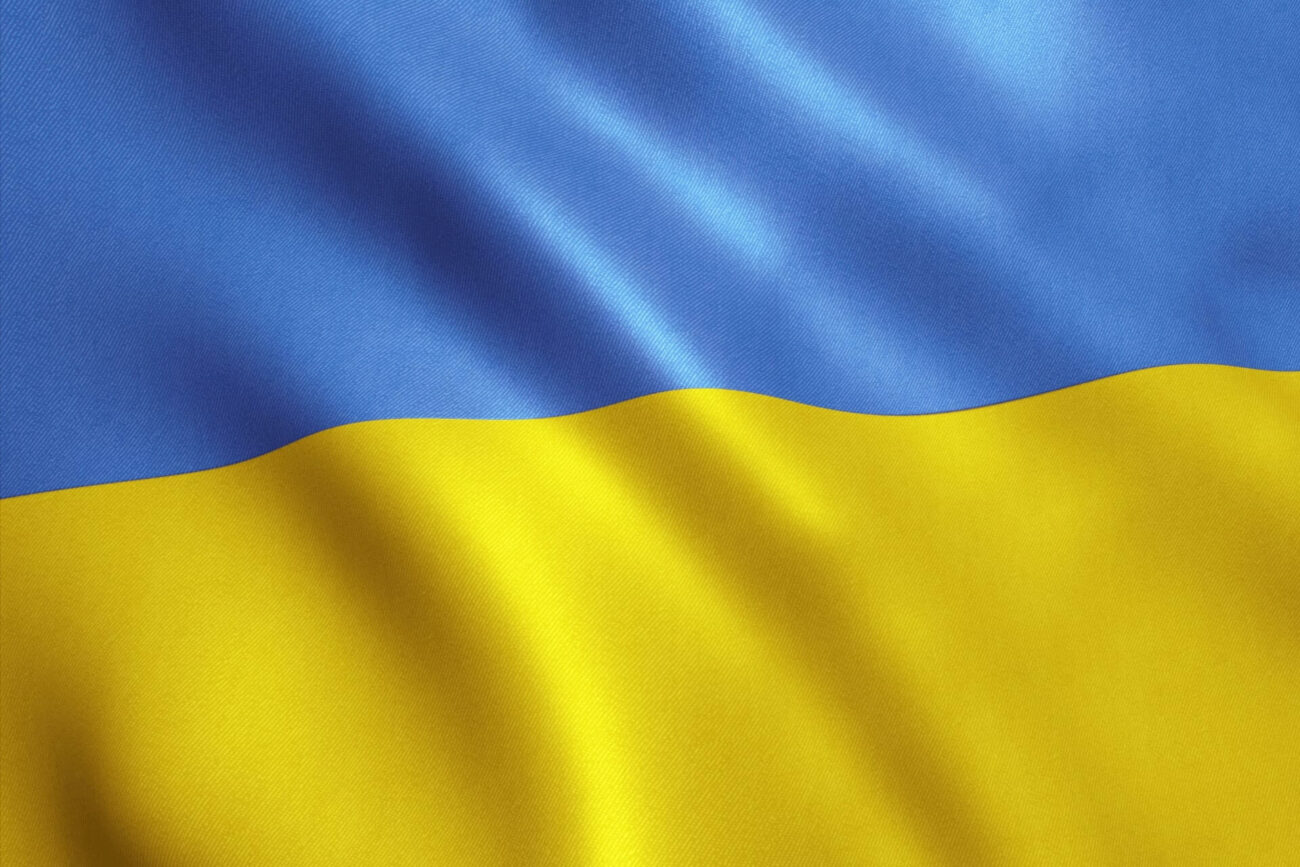COVID-19 and ventilation
Read our question-and-answer session with intensive care specialist Prof. Leo Heunks.
What is ventilation?
Mechanical ventilation is provided to patients with acute respiratory failure when they are unable to breathe for themselves. Mechanical ventilation does two main tasks:
- It improves gas exchange (the uptake of oxygen and the release of carbon dioxide from the body).
- It reduces the stress on the respiratory muscles; these are the muscles that we use to breathe. In patients with acute respiratory failure, it may require a lot of effort to breathe. This can make someone feel short of breath and risk the respiratory muscles getting too tired. By supporting the respiratory muscles, mechanical ventilation decreases shortness of breath and the risk of injuring the muscles needed for breathing.
How does ventilation work?
There are two main types of invasive mechanical ventilation that are used in the intensive care unit:
- Controlled mechanical ventilation – the patient is heavily sedated, unconscious and air is delivered through a tube which is put into the windpipe. With controlled mechanical ventilation there is no effort for the patient to breathe – this is done entirely by the ventilator. This is usually used when the patient is very ill.
- Partially supported mechanical ventilation – the patient breathes for themselves, but every time they take a breath, the ventilator provides additional support (air). During partially supported ventilation the patient may be conscious and even able to communicate. Partially supported ventilation may be applied using noninvasive ventilation or invasive ventilation. Noninvasive ventilation is delivered using a face mask. With invasive ventilation the patient has a tube inserted through their mouth into their windpipe.
How is ventilation used for people with COVID-19?
Patients with COVID-19 may have a variety of symptoms, but frequent symptoms include fever, coughing, sore throat, nasal drip and fatigue. In more severe cases patients may develop pneumonia (infection of the lung) that may result in breathing difficulties. Patients with severe COVID-19 usually have very low blood oxygen levels and sometimes it is very hard and tiring to breathe. Delivering oxygen with a face mask or with a tube under the nose may not be enough, so the patient might need to have a tube inserted into their windpipe. Before mechanical ventilation, patients are heavily sedated to allow the tube to be placed without causing discomfort. Usually patients will be sedated for a few days while being on the ventilator until the lungs start to recover. The decision to wake the patient depends on many factors and the medical and nursing staff will discuss this daily.
How long is a patient with COVID-19 likely to be on ventilation for?
Different patients might be on mechanical ventilation for different amounts of time. It depends on how severe their pneumonia is, whether they have any other conditions and whether they experience any complications.
On average, a person might be on mechanical ventilation for about 2 weeks. It is important to remember that this varies a lot between patients. Some patients have needed mechanical ventilation for only a few days, but others for more than 4 weeks.
What are the possible side-effects of being on ventilation?
Mechanical ventilation is a life-saving intervention for patients when they are unable to breathe for themselves. However, side-effects of mechanical ventilation do happen. The high pressures created by the ventilator to get oxygen levels back to normal in the body may cause further damage to the lungs. The doctors and nurses will always aim to set the pressure delivered by the ventilator as low as possible to reduce the risk of lung injury. During controlled mechanical ventilation (see above), the breathing muscles are completely inactive. Any muscle that is inactive for prolonged periods of time becomes weak. This is also true for the breathing muscles. If these muscles are weak, it may make it more difficult for the patient to come off the ventilator.
Will people who have been on ventilation for COVID-19 fully recover?
Any patient ventilated in the intensive care unit for pneumonia may require weeks or even months of therapy to recover. Their breathing muscles and the rest of their body will be much weaker. Some patients might be less able to exercise and may get tired quicker more than 1 year after leaving the hospital. As COVID-19 is a new disease, we do not know exactly how many patients will experience long-term side-effects from being in intensive care and how much time they will need for recovery.
What should relative/friends/carers be aware of if their loved one has to be ventilated?
Having a loved one on a ventilator in the intensive care unit will have an effect on friends and family members. Early on, the patient in intensive care may be sedated and unconscious, but loved ones may experience emotional stress, feel overwhelmed and anxious about the future. This is normal, and you should talk to the nurses and doctors caring for your loved one about this. Many hospitals now provide emotional support for loved ones. Also, it may be helpful to keep a diary. You may want to write down how your loved one is doing and how you are doing yourself, what has happened today and how you are feeling. You may even add some photos. Such a diary may even be helpful for your loved one after recovery.




